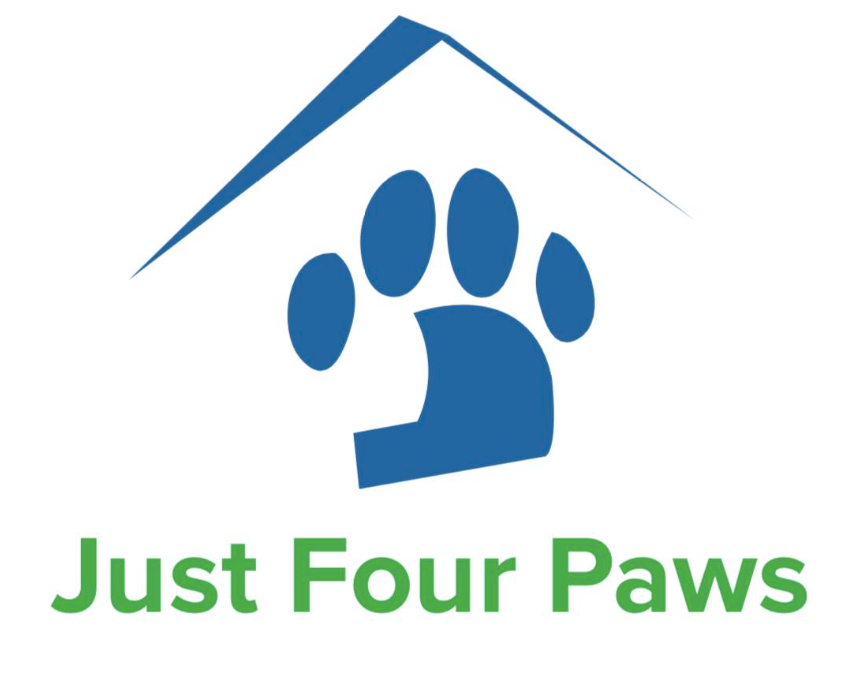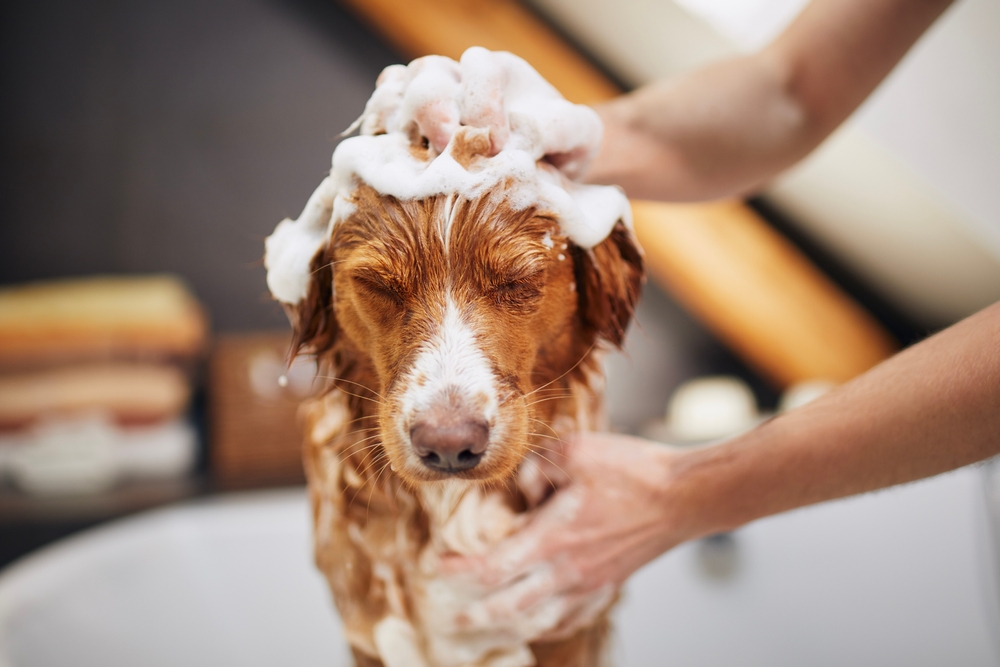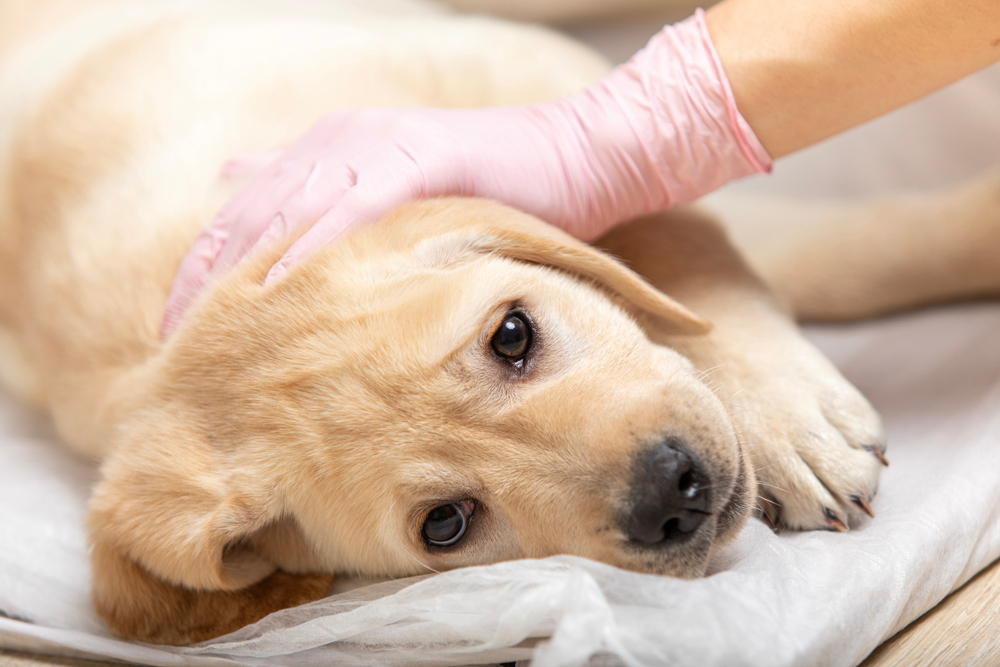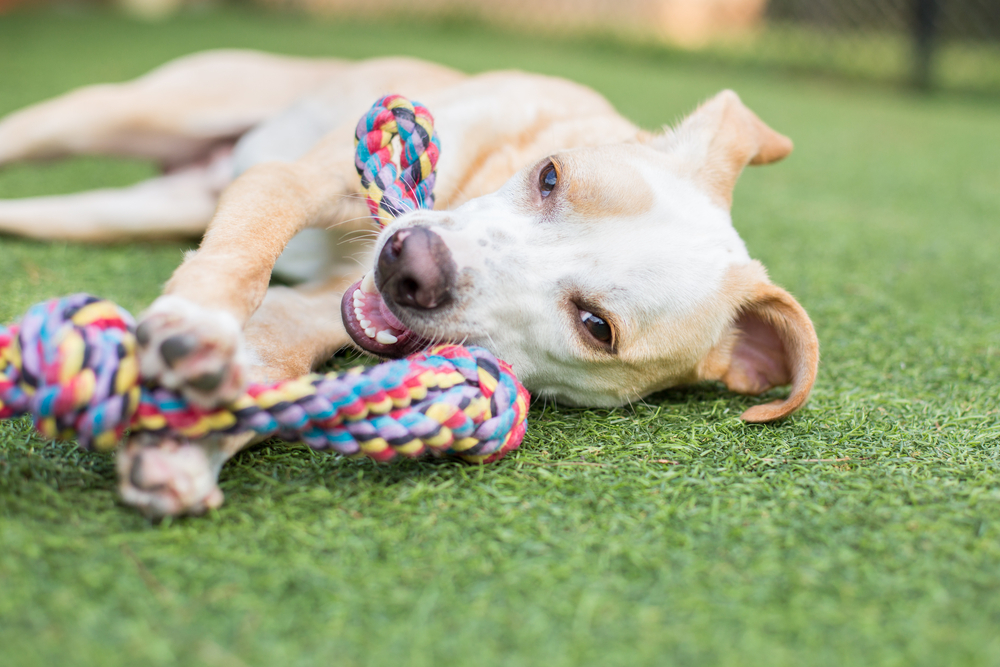Austin’s Pet Grooming Trends: What Every Dog Owner Should Know
The city of Austin, TX is known for its vibrant culture, love of the outdoors, and dedication to its pets. Dogs in Austin are more than companions; they are part of the community, joining their owners at parks, cafes, and even workplaces. With this deep bond comes a growing interest in keeping pets looking and feeling their best. Pet grooming trends in Austin are evolving rapidly, blending style with practicality and wellness. For dog owners, understanding these changes can help ensure their furry friends stay healthy, comfortable, and stylish.
The Rise of Modern Grooming in Austin, TX
Over the past decade, dog grooming in Austin has shifted from simple baths and trims to a more holistic experience. Modern grooming in Austin, TX now emphasizes not only appearance but also canine wellness. Groomers increasingly offer spa-like treatments designed to relax pets while addressing common skin or coat issues. Hydrating facials, oatmeal baths, and paw massages have moved into the mainstream, reflecting the city’s overall focus on wellness and natural living.
Pet owners in Austin are also more environmentally conscious. Many grooming salons highlight eco-friendly shampoos, conditioners, and cleaning products that avoid harsh chemicals. These choices resonate with locals who want to reduce their environmental impact while protecting their pets from allergens or irritants. As a result, the modern grooming industry in Austin blends style, comfort, and sustainability, appealing to both dogs and their owners.
Stylish Dog Grooming: Blending Fashion with Function
Austin’s culture has always leaned toward creativity, and this spirit is now reflected in dog grooming styles. Stylish dog grooming has become a statement, with many pet owners choosing looks that mirror their own personalities. Color highlights, creative trims, and fashionable accessories are common requests. In some cases, owners coordinate their dog’s grooming styles with local events, festivals, or even their own outfits.
But stylish grooming is not only about flair. Groomers in Austin understand the importance of maintaining comfort in the city’s hot climate. For example, summer grooming often includes shorter, breathable cuts to help pets stay cool during long walks or outdoor activities. In cooler months, trims may be left longer for warmth, while still maintaining a polished look. Groomers balance functionality with aesthetics, ensuring pets feel as good as they look.
This blending of style and practicality reflects Austin’s lifestyle as a city where pets are active participants in social life. A well-groomed dog often draws smiles at food trucks, outdoor patios, or community gatherings, making stylish grooming an expression of connection as much as appearance.
Dog Grooming Styles Unique to Austin
While grooming trends evolve across the nation, Austin stands out for its distinctive approach. Dog grooming styles in Austin often combine regional practicality with creative flair. For instance, shorter cuts are common for breeds like Golden Retrievers, Labradoodles, and Shepherd mixes, as they help dogs manage the Texas heat while reducing shedding inside homes. Yet these cuts often include stylish finishing touches, such as feathered tails, sculpted ears, or rounded faces.
Poodle mixes, in particular, showcase Austin’s creativity. Groomers frequently experiment with variations of the teddy bear cut, mohawk trims, or breed-inspired styles that highlight the dog’s unique personality. Local festivals like Austin City Limits or South by Southwest often inspire owners to request eye-catching looks, from temporary color accents to themed accessories.
Austin is also known for its outdoor lifestyle, and grooming styles often prioritize practicality for dogs that hike, swim, or run regularly. Groomers may recommend cuts that minimize matting and tangling while still highlighting a dog’s natural beauty. This balance between active living and stylish presentation defines the city’s unique grooming identity.
How Grooming Reflects Austin’s Pet Culture
Pet grooming in Austin is more than a service; it is a reflection of the city’s larger pet-friendly culture. Austin consistently ranks among the most pet-friendly cities in the United States, with a wealth of dog parks, pet-friendly restaurants, and businesses catering to four-legged customers. Grooming is part of this ecosystem, giving dogs the confidence and comfort to participate fully in Austin’s community life.
Many local groomers foster a boutique-like atmosphere, creating relationships with both pets and owners. The city’s emphasis on community translates into grooming salons where staff know pets by name and tailor services to their individual needs. Owners value this personalized approach, seeing grooming not only as upkeep but as an essential part of their dog’s happiness.
Social media also amplifies Austin’s grooming culture. Instagram and TikTok accounts feature local pets showing off stylish looks, sparking new trends and connecting dog owners across neighborhoods. These online communities encourage experimentation with styles while celebrating the diversity of Austin’s pet population.
The Future of Pet Grooming Trends in Austin, TX
As Austin continues to grow and attract new residents, pet grooming trends are likely to evolve even further. The demand for stylish dog grooming and wellness-oriented services will increase, reflecting both the city’s creative spirit and its love for pets. Technology is also making an impact. Mobile grooming vans equipped with state-of-the-art equipment now bring modern grooming in Austin, TX directly to neighborhoods, offering convenience for busy owners while reducing stress for pets.
Sustainability will remain a defining feature of the industry. More salons are expected to adopt water-saving equipment, biodegradable packaging, and refillable product stations. Grooming will continue to emphasize natural products, with locally made shampoos and conditioners gaining popularity.
Another growing trend is the integration of grooming with veterinary and holistic care. Salons may partner with veterinarians or pet nutritionists to offer complete wellness packages, ensuring pets look and feel their best from nose to tail. As Austin’s community expands, the fusion of grooming, wellness, and lifestyle will become even more pronounced.
Conclusion
Pet grooming trends in Austin, TX capture the essence of the city’s creativity, wellness focus, and love for pets. From modern grooming practices that emphasize natural products and spa-like treatments to stylish dog grooming that makes pets stand out in public spaces, the industry reflects Austin’s unique culture. Dog grooming styles in Austin balance fashion with practicality, ensuring dogs stay cool, comfortable, and ready to join in the city’s active lifestyle.
For dog owners, grooming is not just a responsibility but an opportunity to strengthen the bond with their pets while celebrating the vibrant community around them. As the future brings more innovation, Austin will remain at the forefront of stylish, thoughtful, and wellness-focused pet care, keeping dogs as much a part of the city’s identity as music, food, and art.
Need Dog Services Near You?
At Just Four Paws, Inc., we understand that your furry friends are more than just pets – they are cherished members of your family. That’s why we are committed to providing the best possible care for them during their stay with us. Our pet boarding services offer a safe and comfortable environment where your pets will receive individual attention and plenty of playtime. Additionally, our expert groomers are dedicated to pampering your pets and ensuring they look and feel their best. Trust Just Four Paws, Inc. with your pets’ needs and give them the love and care they deserve. Contact us today to learn more about what we can do for you!





